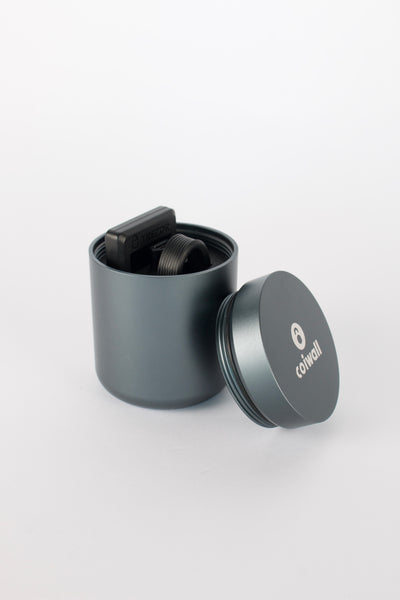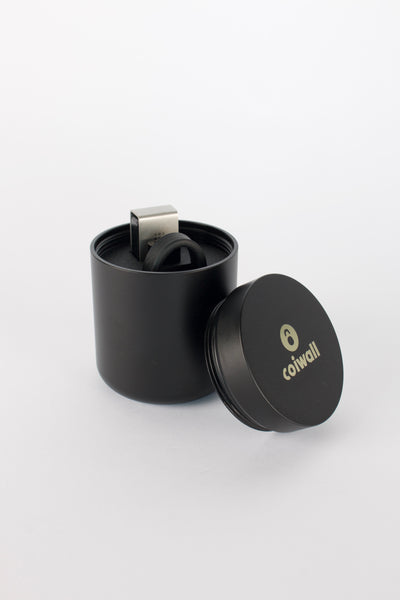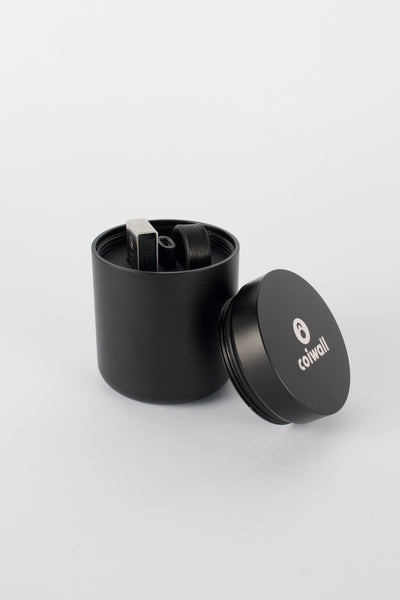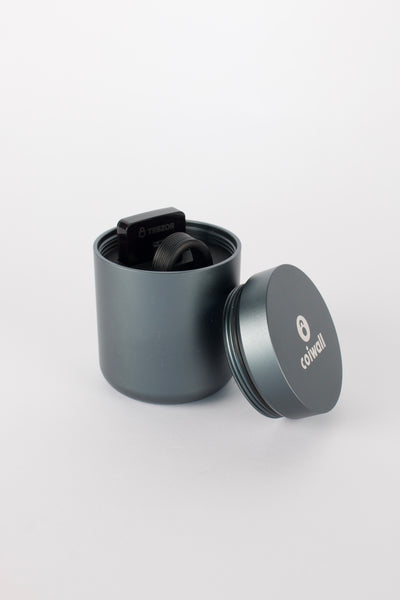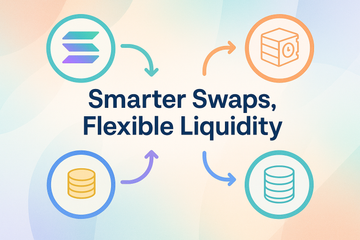Solana has been buzzing. Fast blocks, tiny fees, and a flood of new tokens every week. In the middle of that heat stands Meteora, a decentralized exchange built for speed and smart liquidity. It looks simple. It is not. Under the hood, it packs a clever model that helps both traders and liquidity providers. If you have ever tried catching a memecoin wick or parking idle assets to earn fees, Meteora feels like familiar ground with a few new tricks.
You know what? Before anything else, a quick safety note. If you are trading size, plug in a hardware wallet. Ledger pairs well with Solana wallets like Phantom and Solflare, and it adds a calm layer when markets get loud. Trezor users should double check Solana support, since native SOL support varies by wallet integrations. Alright, now the fun part.
So, what is Meteora, really?
Meteora is a Solana DEX that uses a Dynamic Liquidity Market Maker, or DLMM for short. Imagine the price chart as a long aisle in a store. Instead of pouring all the goods in one big crate, DLMM arranges liquidity into many neat shelves, or bins, each covering a small price range. Trades happen against the bin that fits the price, which can help reduce slippage and make capital work harder.
Traditional AMMs spread liquidity across a wide curve. DLMM concentrates it into targeted bands, then lets fees shift based on activity. When traffic spikes, fees rise inside those active bins, which can help liquidity providers stay balanced during wild swings. It feels a bit like surge pricing, but for liquidity.
Why traders care
Speed and price quality rule intra-day trading, especially on Solana where a second can feel long. Meteora’s bin model helps deliver tight execution, and it plays nicely with Jupiter, the routing layer many wallets use for swaps. If you route through Jupiter, your trade might land on a Meteora pool when it offers the better price, or it might split routes, all while you click once and sip your coffee.
Wallet support is straightforward. Phantom, Backpack, and Solflare connect in a tap. If you use a Ledger device, you can connect it through a supported Solana wallet and confirm each step on the hardware screen. It takes an extra beat. It also saves headaches, which traders usually prefer.
A quick setup check
Install a Solana wallet you trust, add SOL for fees, then link your hardware wallet if you have one. Ledger works well with Solana. Trezor users should verify current support, since SOL integration depends on wallet tooling and may not be native. After that, connect to Meteora through the wallet and you are set.
For LPs, it is not just numbers
Providing liquidity always sounds easy. Deposit two tokens, earn fees. Then price moves, and the pool drifts. With DLMM, LPs can pick price ranges that reflect where they expect action. Smaller ranges concentrate liquidity, which can drive higher fee capture when trades flow through your bins. Wider ranges stay in the game longer with steadier returns. That choice feels personal, almost like picking a shift on a busy street.
Meteora also offers vaults that automate parts of this work. Some vaults rebalance positions to keep liquidity in active zones. Others aim to reduce whipsaw risk while still hunting for fees. There is no magic bullet, of course. You trade convenience for control, which many LPs actually want. Less time chart-watching, more time being human.
Token launches and the memecoin crowd
Solana’s meme seasons can get rowdy. Meteora leaned into that culture by building tools for launches and liquidity locks. Creators can spin up pools, set liquidity plans, and protect early buyers from instant pulls. Locked liquidity does not remove risk, it just sets ground rules. Communities like that. Builders like that too, since it gives a bit of structure in an arena that changes by the hour.
Here is the thing. Hype can be blinding. Always read token pages, check mint details, and scan socials. If the pool is empty or the wallet looks throwaway, pause. One more minute of due diligence can save a week of regret.
Fees, speed, and the small stuff that matters
Solana’s low base fees unlock a different rhythm. You can ladder orders, test small positions, and rebalance vaults without feeling nickel and dimed. Meteora’s dynamic fees inside active bins aim to match market traffic. When action heats up, LPs collect more. When it cools, fees ease. It is a simple idea with real effects on pool health.
User experience stays light. The interface shows price ranges, fee tiers, and pool volumes in a way that feels clear. You can click into a position and see the bands your liquidity sits in. That mental picture matters. Markets get foggy. Visuals help you keep your head.
Risk, security, and staying careful
No DEX is risk free. Smart contracts have bugs. Markets gap. Tokens vanish. Meteora undergoes audits, and the Solana stack itself has matured a lot, but the core rule still stands. Size in slowly, and never risk funds you cannot afford to lose.
Use a hardware wallet when possible. Ledger support on Solana is well known and fits trading on connected wallets. Trezor users should confirm current Solana support and any available bridges through compatible wallets. Also, watch approvals, verify the site URL, and bookmark the real app. Fake links copy everything except your safety.
How Meteora plays with the rest of Solana
Composability is the quiet superpower. Meteora pools plug into Jupiter routes, so your swap can auto-select the best path across DEXs in the ecosystem. Wallets pull this routing behind the scenes, which means less friction for you. Yield dashboards and analytics tools can read pool data too, so LP decisions do not happen in a vacuum.
During bull phases, memecoins sprint. During quieter weeks, majors and stables take center stage. Meteora’s model holds up in both conditions because LPs can adjust where their liquidity sits. That flexibility is the point. It lets you lean into momentum without leaving your capital wandering across a wide price field.
Quick start checklist
- Set up your wallet. Phantom, Backpack, or Solflare work well on Solana.
- Add SOL for gas and any tokens you plan to trade.
- Connect hardware if you have one. Ledger integrates with major Solana wallets. Check Trezor’s current SOL support before moving funds.
- Route swaps through your wallet or directly on Meteora. Jupiter may select Meteora pools for best price.
- LP with a plan. Choose narrow ranges for higher fee capture during action, or wider ranges for steadier coverage.
- Consider vaults if you want automated positioning instead of manual rebalancing.
- Stay skeptical. Verify token contracts and pool setups, especially during hype.
A small contradiction, then a clear answer
Meteora feels simple. It is not. The math behind DLMM is clever, and the vault logic can be complex. Yet the interface keeps it friendly, and Solana’s speed turns good structure into smooth trading. That is the balance most users want, a tool that is powerful, but not exhausting.
Honestly, the signal is this. If you trade on Solana, you will meet Meteora through Jupiter routes even if you never open the app. If you provide liquidity, the bin model gives you handles you can actually hold. And if you are launching a token with a real plan, the liquidity tools help make that plan stick.
One last nudge. Keep security habits tight, use a hardware wallet when stakes are high, and let the numbers do more talking than the timeline. Markets will sway. Good tools help you stay steady.

